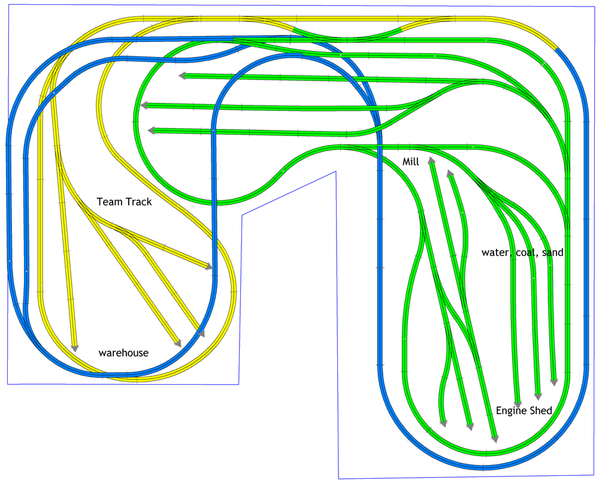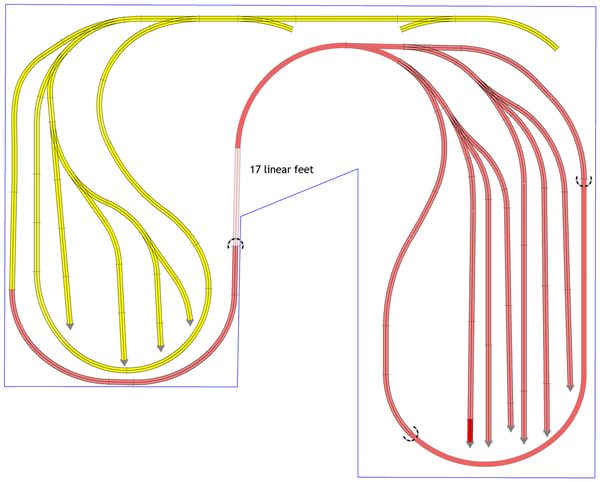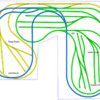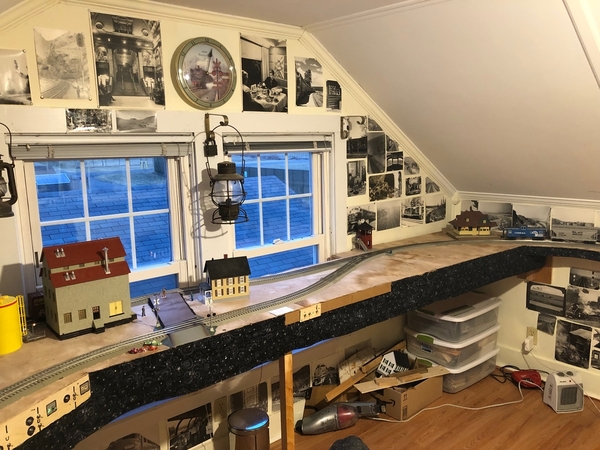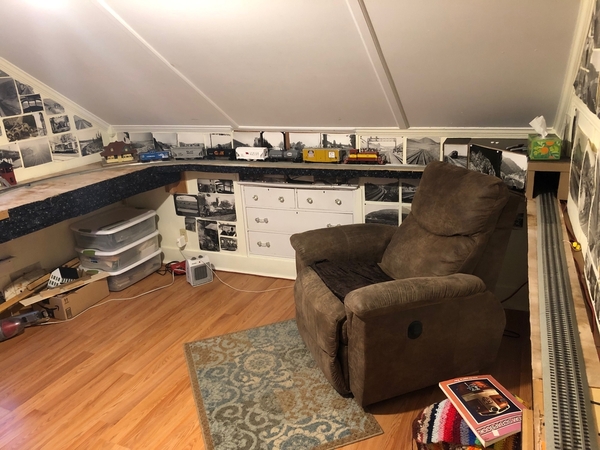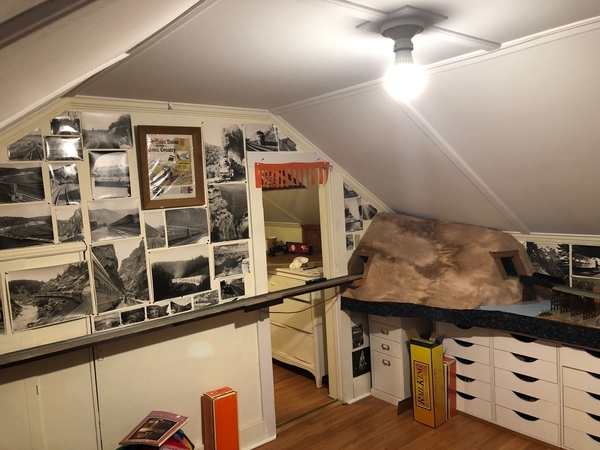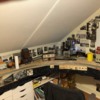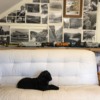It is fun to design and to build complex track plans with tons of switches, multiple routes, yards, leads, reverse loops, etc. However, the more complex the track plan I always find different issues popping up like certain switches not working properly, certain engines or cars not liking a particular part of the layout, wiring issues, or even completing the plan itself. It always seems like something needs tinkered with for it to work right, so there is less train running and more punch list items to fix - which is gratifying in its own way too.
Contrast that with a simple loop to loop layout that we set up for Christmas - which really gets used and played with as their are little to no obstacles stopping the trains from running. But we all know that can lose its luster after a while too. How many times can I watch the train go right to left, then left to right, and back again?
Do you have a simple or complex track plan? Is there a happy medium? What is your experience with either one?










